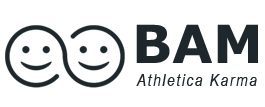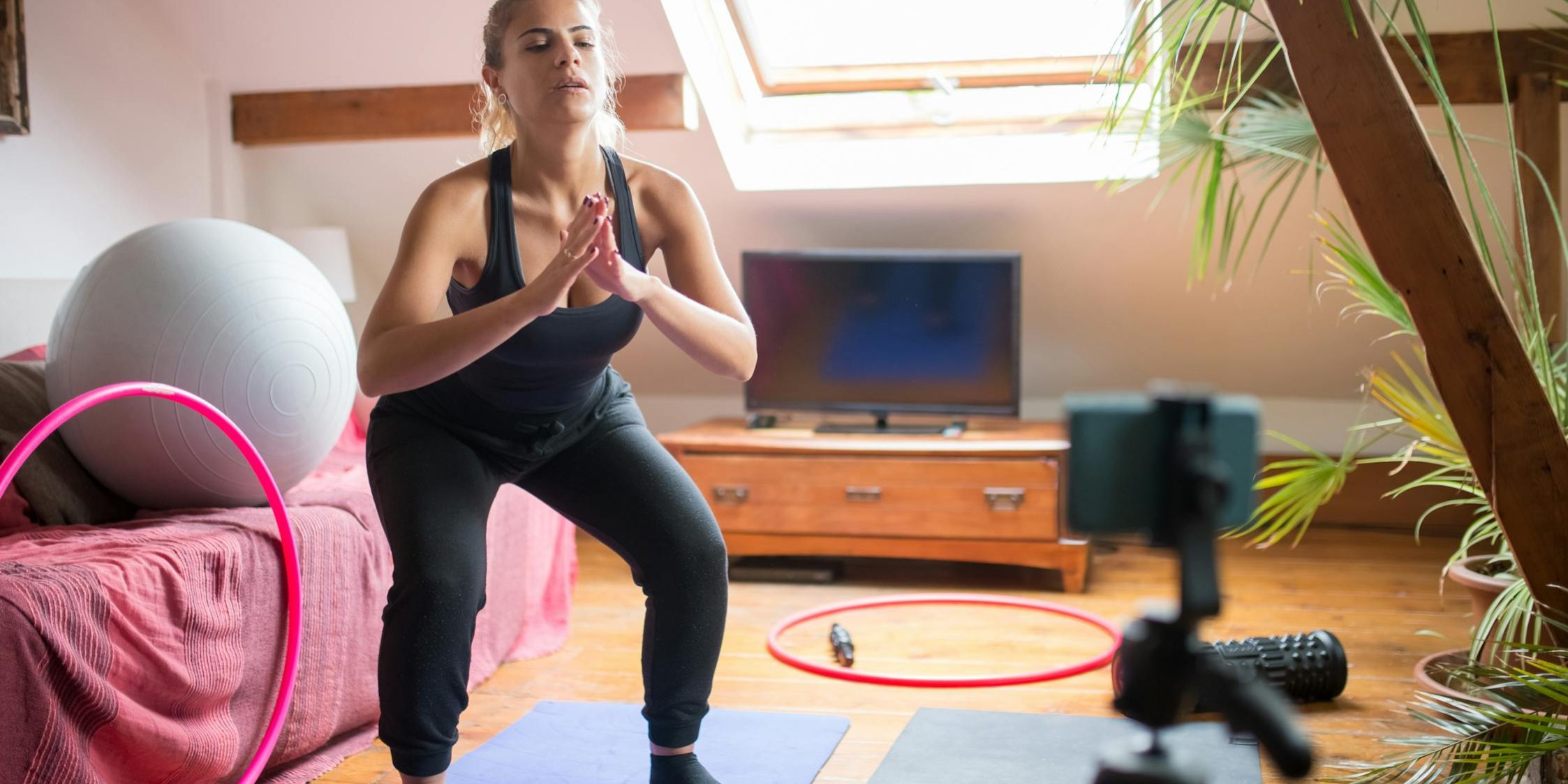As a seasoned female fitness instructor, I’ve had numerous conversations with clients on the benefits and steps to improve knee joint health, flexibility and stretching. So it just made sense I share some of these conversations with you and share a few exercise that should be a staple in everyones workout routine; whether you’re an athlete, sports junkie, rehabilitations from an injury or simply overall health and wellness as we age. What is it? It’s the squat.
Squats are a powerful exercise anyone can do almost anywhere. Squats exercises offer numerous health benefits, from improving flexibility and balance to strengthening your joints and cardiovascular system. Squats are great for all ages, and especially with seniors as its one of those movements that almost hits all key areas we need.
What are squats?
Let’s start with the basics. If you’re new to the gym, physiotherapy or just starting out and don’t know where to start working out at home, squats is a great place to start.
Squats are a compound exercise that primarily target the muscles in your lower body, including your leg muscles; quadriceps, hamstrings, and glutes. However, squats also engage your core and other muscles, making them a fantastic full-body exercise, especially when we compliment squats with dumbbells, resistance bands or other weights. But we’ll cover that shortly.
What are the health benefits of squats?
Squats are known for their ability to improve flexibility, balance, and strength. They can also enhance joint health, boost your cardiovascular system, and promote better blood flow. As you age, maintaining strength and flexibility becomes increasingly important, and squats are a great way to do that. Beyond being proactive with your health and performing squats, these exercises are commonly woven into a physiotherapists rehab plans to help patients in their recovery from an injury.
Beginner squat exercises for your health and wellness
Here are three popular squat exercises that you can perform whether you’re just starting out, or general health and wellness to start the morning, or throughout the day.
1. Bodyweight Squats
- Stand with your feet shoulder-width apart.
- Lower your body as far as you can by pushing your hips back and bending your knees.
- Pause, then slowly push yourself back to the starting position.
2. Sumo Squats
- Stand with your feet wider than shoulder-width apart and your toes pointed out.
- Lower your body by bending your knees and pushing your hips back.
- Keep your chest up and your back straight.
- Pause, then push through your heels to return to the starting position.
3. Slant board squats
Using a slant board can help target different muscles in your legs. Slant boards are triangular boards, often made of wood, that can adjust the slant or incline to different angles for varying degrees of slope. Slant boards are great for both calf stretching, squats and lunges, and treatment of injuries as plantar fasciitis, calf cramps, knee pain relief and more.
- First, adjust Stand on the slant board to the slant or incline you’re most comfortable with.
- Adjust your feet hip-width apart while standing on the slant board
- Lower your body while standing on the wooden slant board by bending your knees and pushing your hips back.
- Pause, then push through your heels to return to the starting position.
- Continue with what is more comfortable for you.
- As you get more comfortable and built your calf muscles and strengthen your joints, try adjusting the incline slant board to another angle to help get a deeper stretcher and challenge the muscles.
Squat exercises with dumbbells
Dumbbells are a great way to add resistance to your squats. You can purchase dumbbells almost anywhere these days, or use some safe objects at home (ex. heavy cans of soup) to give your squats some extra resistance. I recommend either light 1 to 5 lbs dubbell hand weights, or a resistance band. I prefer resistance bands as they add resistance to each move causing your body to constantly adjust in micro movements to the resistance, which is great for the core. Here are three squat exercises you can try with dumbbells.
1. Goblet Squats
- Hold a dumbbell with both hands at chest level.
- Stand with your feet hip-width apart.
- Lower your body by bending your knees and pushing your hips back.
- Pause, then push through your heels to return to the starting position.
2. Dumbbell Front Squats
- Hold a pair of dumbbells at shoulder level.
- Stand with your feet hip-width apart.
- Lower your body by bending your knees and pushing your hips back.
- Pause, then push through your heels to return to the starting position.
As you advance with this exercises, try incorporating the slant board into the routine, but hold the dumbbells at your side vs. over the shoulders. Resistance bands can often be woven under or through a slant boards handles or fixtures to accentuate this exercises. Once the resistance bands are affixed to the slant board, hold the resistance band handles at shoulder level, and push your body up. While doing your squat, or at the peak of your squat, push your arms up to work your upper body with the resistance bands.
3. Dumbbell Split Squats
- Stand with a dumbbell in each hand and one foot in front of the other.
- Lower your body by bending your knees until your front thigh is parallel to the floor.
- Pause, then push through your front heel to return to the starting position.
Squat exercises with barbells
Barbells allow you to add even more resistance to your squats. These are different than dumbbells and adds a whole other approach to your squat workouts. But remember, always have someone with you to watch or spot you for safety. If you feel unsafe with these exercises, don’t do them and stick with the above dumbbell or no weight squats.
Here are three squat exercises you can try with a barbell.
1. Back squats
- Place a barbell on your upper back.
- Stand with your feet hip-width apart.
- Lower your body by bending your knees and pushing your hips back.
- Pause, then push through your heels to return to the starting position.
For the more advanced, you may find adding a slant board to this workout will help target calf muscles even more and target the core during this movement.
2. Front squats
- Hold a barbell at your chest level.
- Stand with your feet hip-width apart.
- Lower your body by bending your knees and pushing your hips back.
- Pause, then push through your heels to return to the starting position.
3. Overhead squats
- Hold a barbell over your head with your arms fully extended.
- Stand with your feet hip-width apart.
- Lower your body by bending your knees and pushing your hips back.
- Pause, then push through your heels to return to the starting position.
Squats are a great versatile exercise that can be performed anywhere, with or without equipment. Squats are one of my favorite go-to exercises for home workouts first thing in the morning, or performing anytime I need to bend down to pick up an object.
Whether you’re at home or in the gym, there’s a squat variation that’s right for you. And don’t forget about lunges – they’re a great complement to squats and target slightly different muscles and really enhance that flexibility and balance. If you’ve been to a yoga studio you know what I mean. Many yoga postures incorporate the lunge. So why wait? Get off the chair and do some squats right now. and start adding squats into your workout routine today…even if you are a leg-day hater 😉 .







